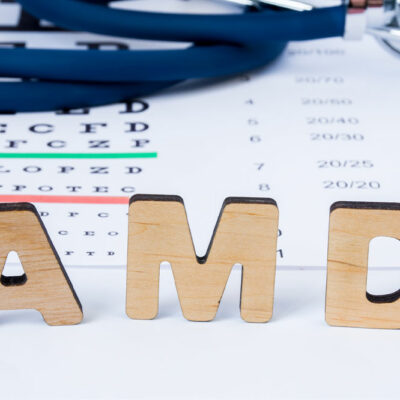
Signs and causes of narcolepsy and ways to manage them
The body rest and rejuvenates during the night sleep, but some individuals constantly battle the tides of drowsiness and sleep attacks during waking hours. Such individuals may be suffering from a neurological condition called narcolepsy. This sleep disorder presents unique challenges for those affected. The unexpected sleep attacks can disrupt one’s daily life, including productivity, relationships, and overall well-being. Here are the most common signs, causes, and strategies to support those navigating this condition. What is narcolepsy? Narcolepsy is a chronic neurological disorder that disrupts the normal sleep-wake cycle. People with narcolepsy often feel excessively sleepy during the day, struggling to stay awake and alert. These unexpected bouts of sleep can interfere with their normal routine and productivity, making it difficult to concentrate, perform tasks, and engage in social activities. Narcolepsy is a lifelong condition, typically emerging during adolescence or early adulthood. Narcolepsy Signs Unexpected sleep episodes Narcolepsy can trigger sudden and uncontrollable sleep episodes, commonly known as sleep attacks. People with narcolepsy may find themselves falling asleep during conversations, while at work or school, while driving, or even during social gatherings. These sudden sleep attacks can be disruptive and potentially hazardous. Fragmented sleep Apart from this, individuals with narcolepsy may often have difficulty staying asleep at night due to fragmented sleep and insomnia.
Read Article 









